
Product information
Jean-Marc Burgaud Morgon Côte du Py 2020
$70
Description
Note on the 2019: Yes! This is superb. Right out of the gate I’m blown away. Taken far too long to get these on the list. An exceptional élévage has brought this wine to a place of great harmony, poise, and balance. Not the gangly teenager you see in many a young Beaujolais. This is a complete wine with impressive finesse over an underlying power. Dark cherry and spice, licorice and blood orange. Impressive depth and length, yet a sense of weightlessness. Every sniff brings a new character as it opens. Musk, flowers, savoury hints and beyond.
Stunning gear that will put many a 1er Cru Burg to shame!
“One of the region’s most dependable classics, unfurling in the glass with notes of cassis, sweet berry fruit, spices and rose petals. Medium to full bodied, ample and layered, with lively acids, powdery tannins and a seamless, complete profile, it concludes with a long, mouthwatering finish.”
William Kelley, The Wine Advocate
In stock

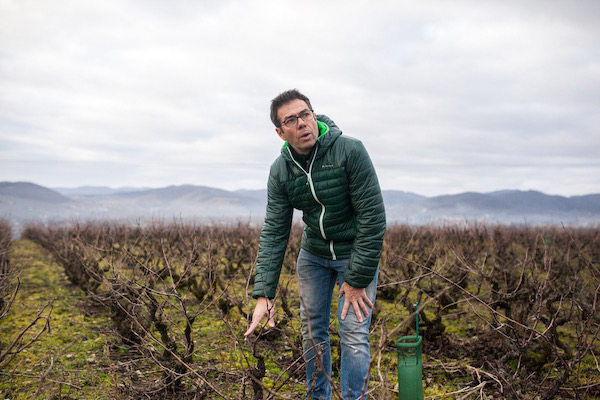
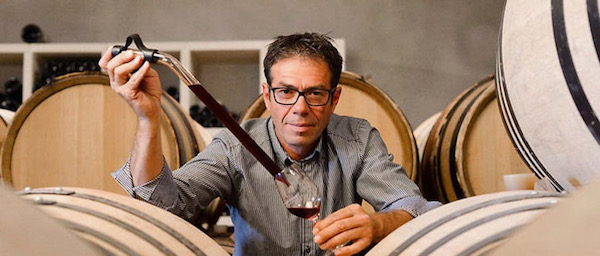
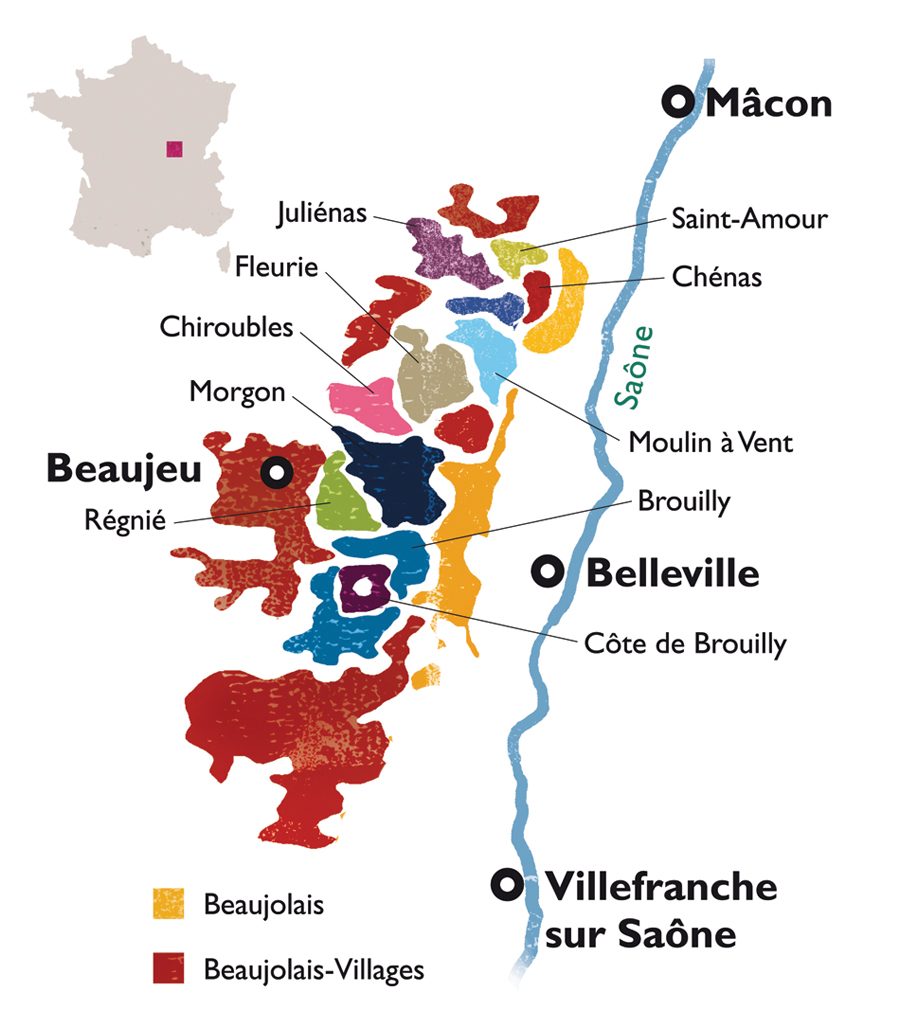
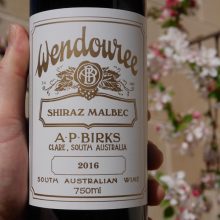
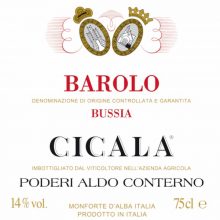
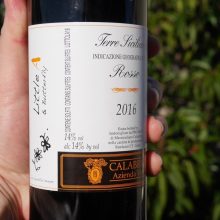
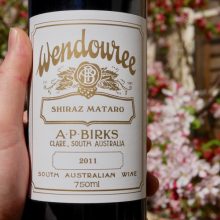
You must be logged in to post a comment.